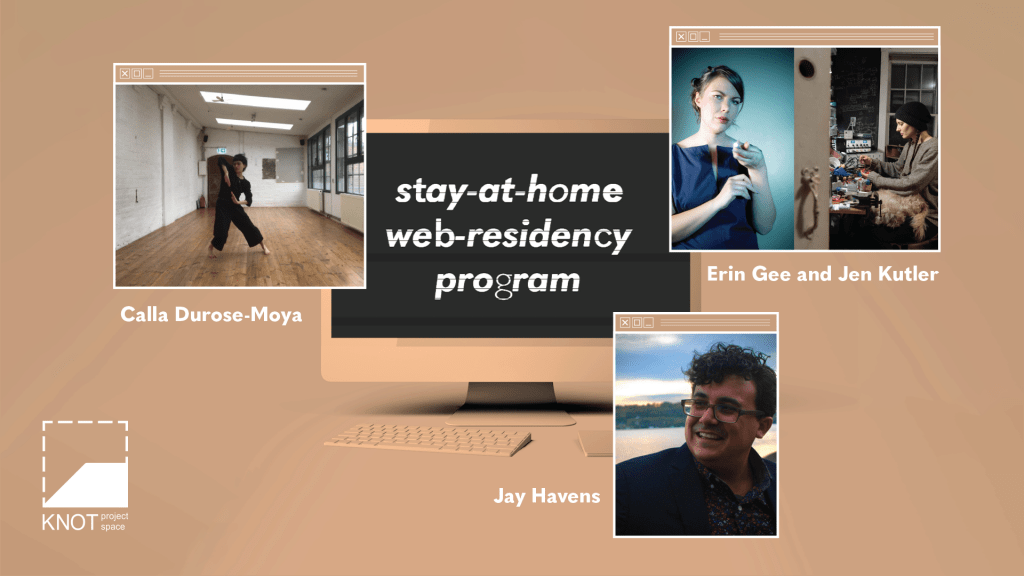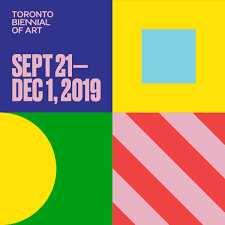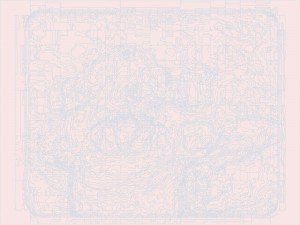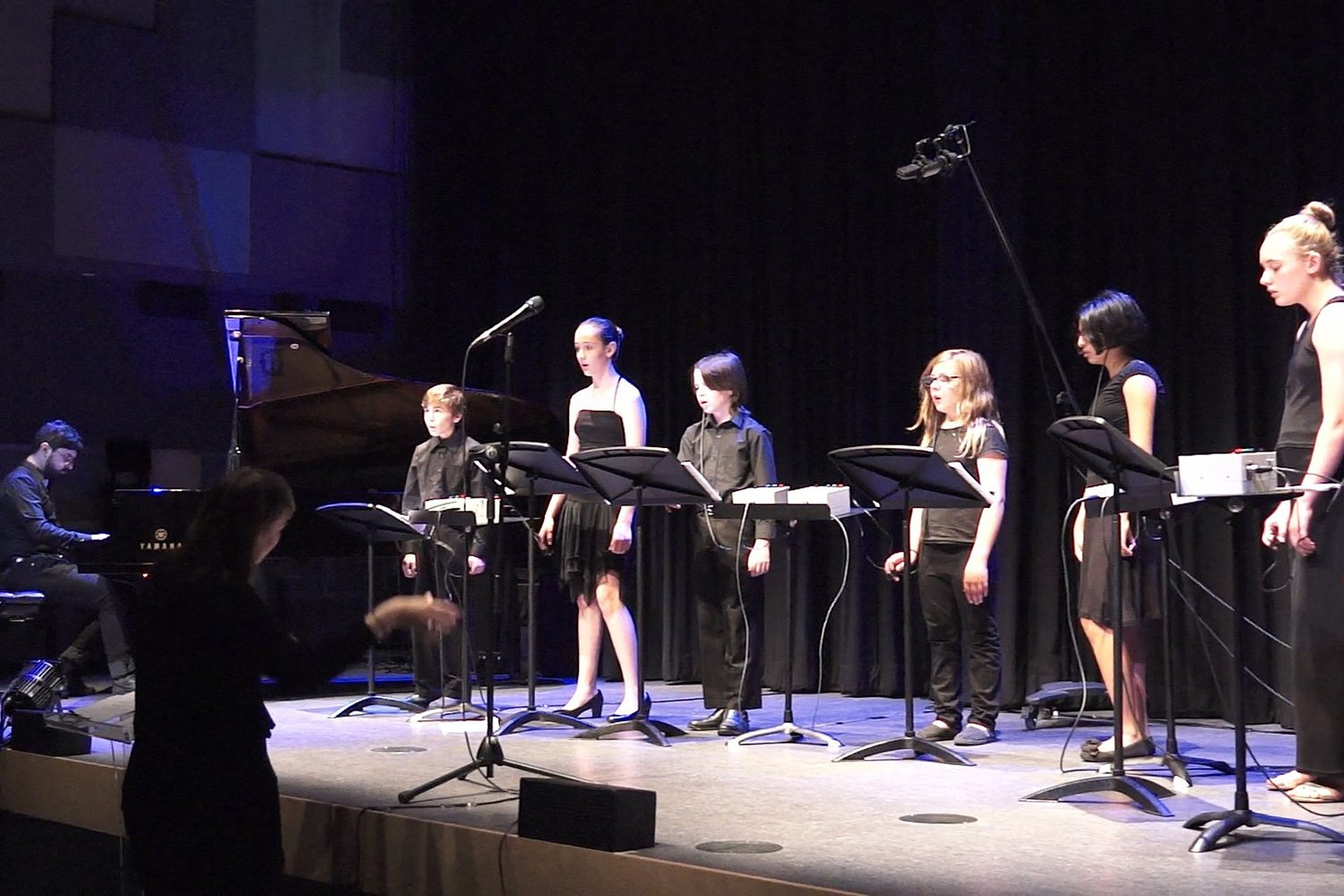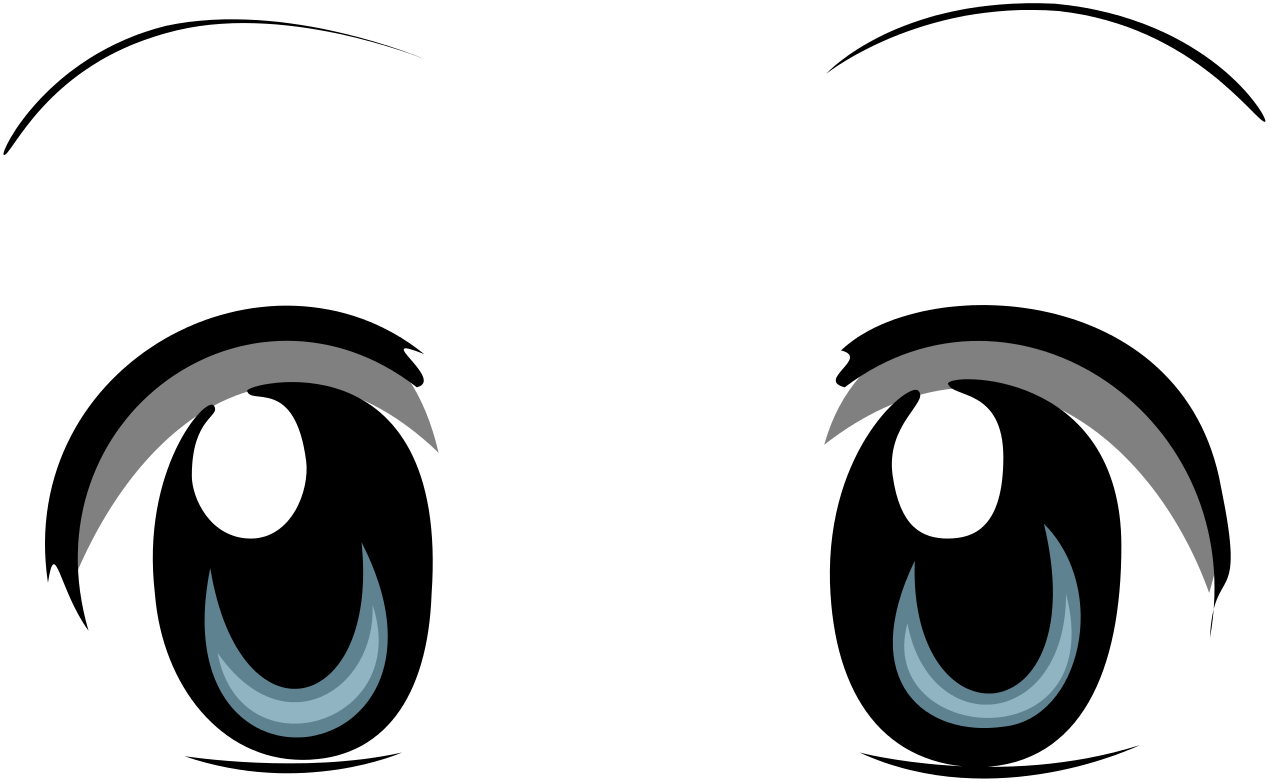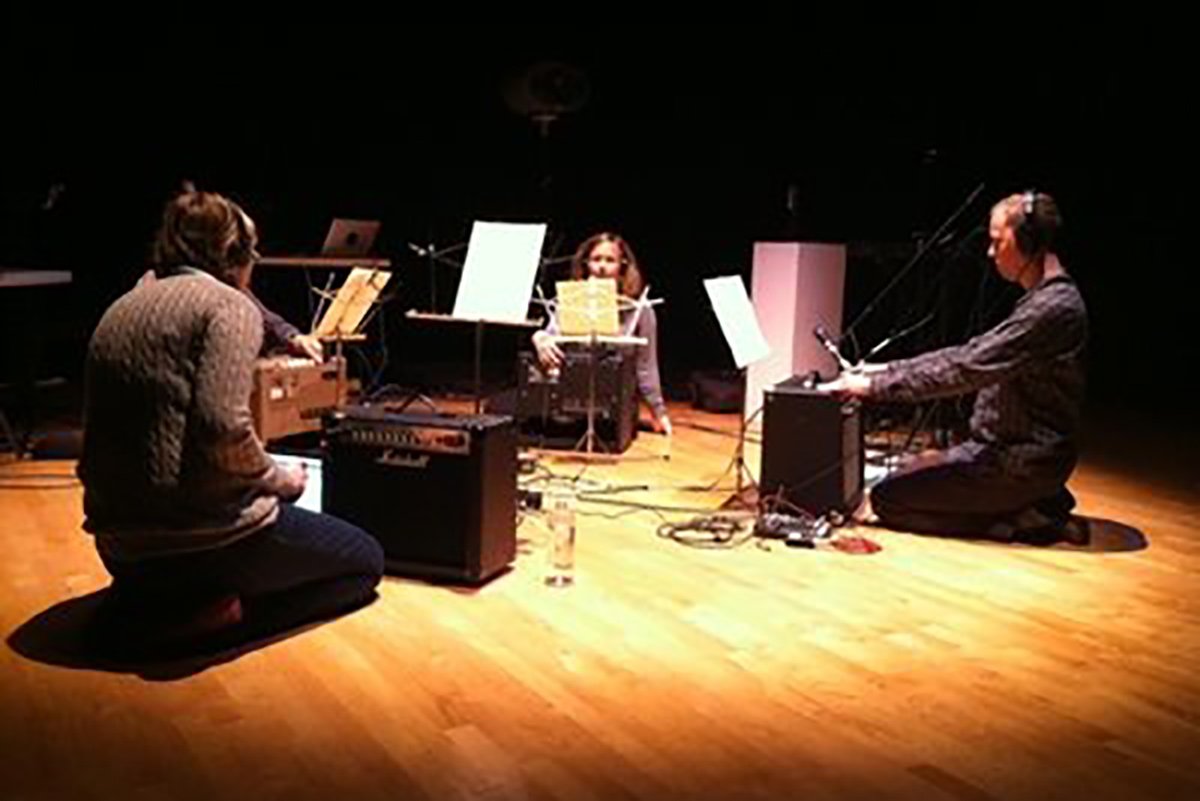Web Residency: Saw Video
I have been selected alongside three other residents for Saw Video’s Stay At Home Internet Residency.
I am especially pleased to have the opportunity to collaborate with Jen Kutler on a new work for telematic sound and video during the course of this residency. We are having an insane amount of fun creating feedback systems for music and biodata that integrate transcutaneous nerve stimulation over web sockets.
Over the course of five weeks (April 29th – May 29th), we will meet via zoom/hangouts to discuss readings, media, and art making. Individual web-based studio visits with national scholars, curators and artists will be had, and we will diffuse the artists’ works on May 28th. Please sign up for our newsletter here, and follow us on social media for more information on artists’ diffusion scheduling!


